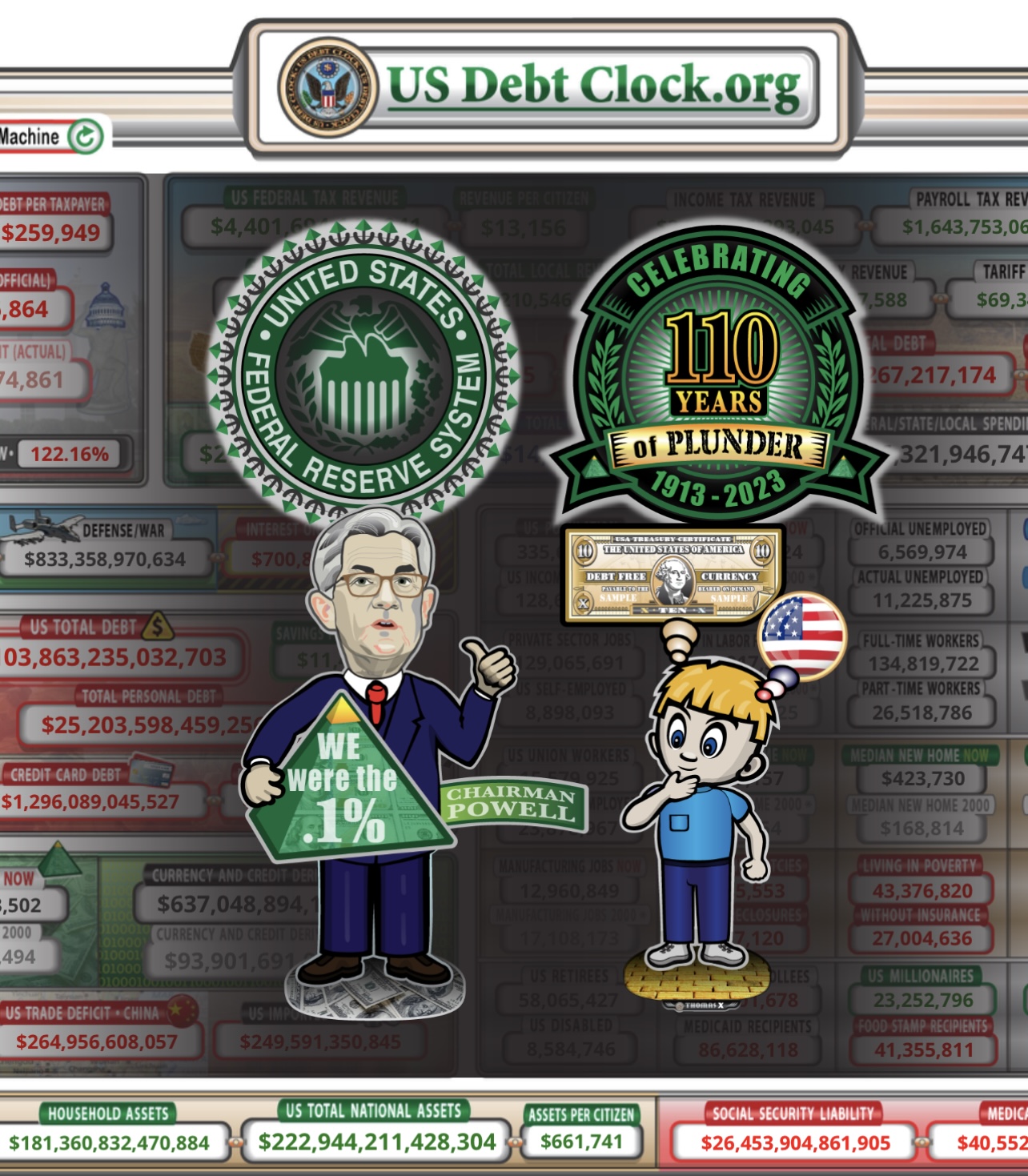Why Trump Wants Canada and Greenland
By floating ideas of territorial acquisition, Trump highlights the United States’ desire for reliable, domestic-adjacent sources of minerals that underpin everything from electric vehicle batteries to advanced military hardware.






